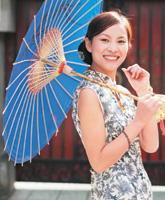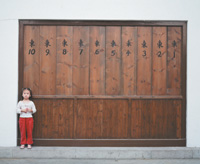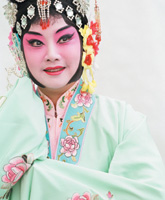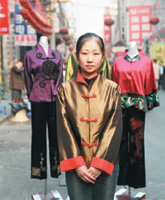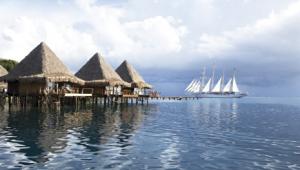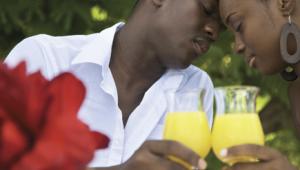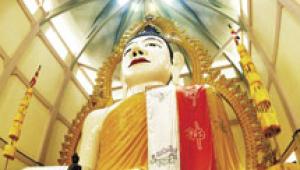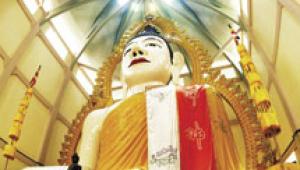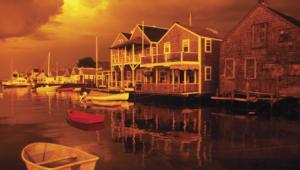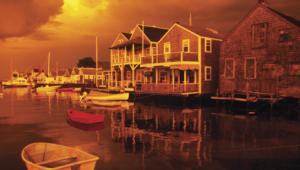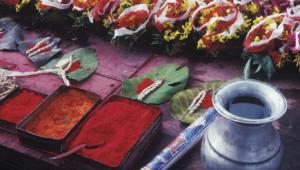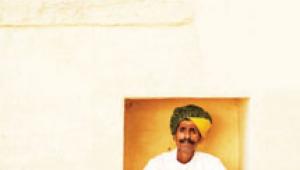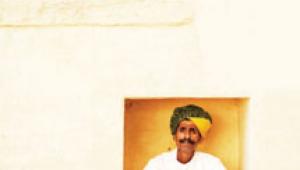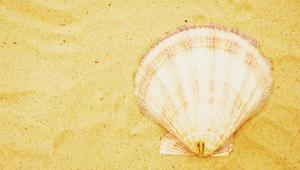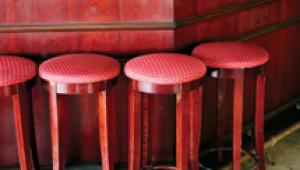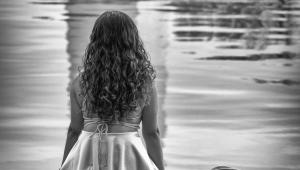Passport
Why People Pictures; It Is A Passion For Participation
I spent last October in China, shooting on assignment for four different stock agencies. It made me think about how my work is affected by changes in the world. Frankly, the stock industry has been dominated by what I call "Wonder Bread images"--essentially pictures of white people. But lately there's been a need for multicultural, multiethnic, multinational images. Because of recent trade policies and the economic growth of China, there's a tremendous need for "modern life in China" photographs. So there I was, with a rather large crew--assistants, a makeup artist, a location scout, a driver, guide, and interpreter--taking pictures in schools, homes, shopping malls, and, of course, on the street. And they were almost all photographs of people--all kinds of people, doing all kinds of things. |
|||
A Job...And A Passion |
|||
There's a big difference
between travelers who meet and photograph people and those who don't,
and the difference can be summed up in one word: passion. It's a
passion to be more than a tourist; it's a passion to know more about
people and their culture and to connect with them, even briefly. |
|||
I think we travel to experience something different, not just to observe it. When we meet people and photograph them, we make that experience more meaningful. Why people photography? Because people are the epitome of the travel experience. Equipment Note |
